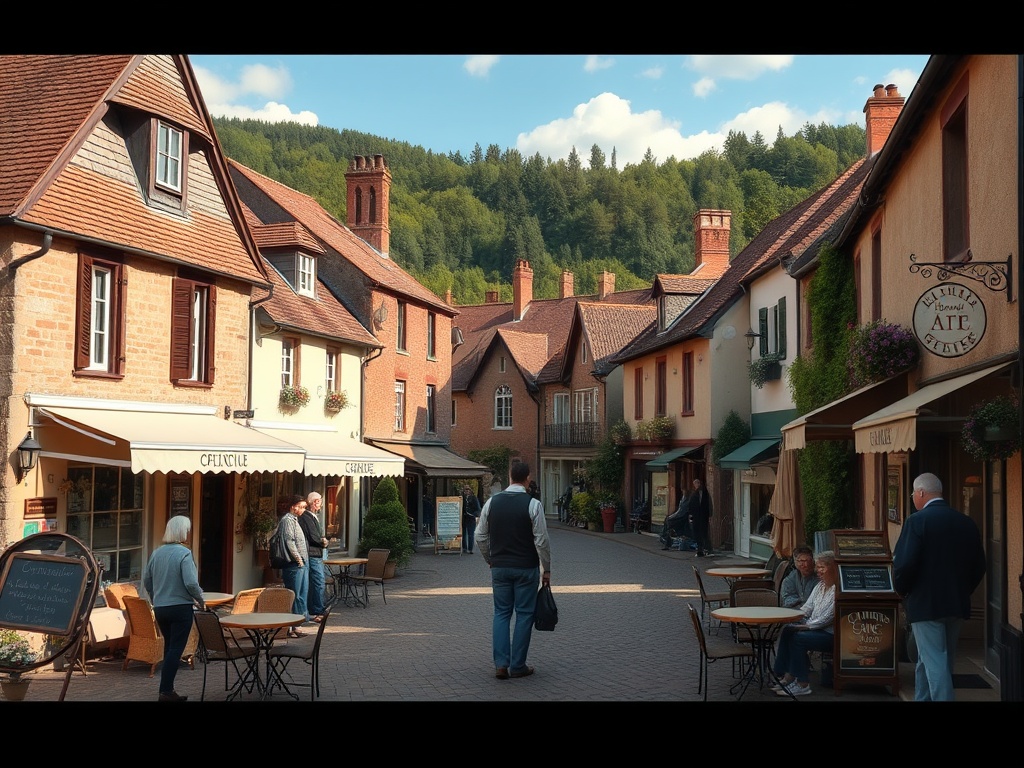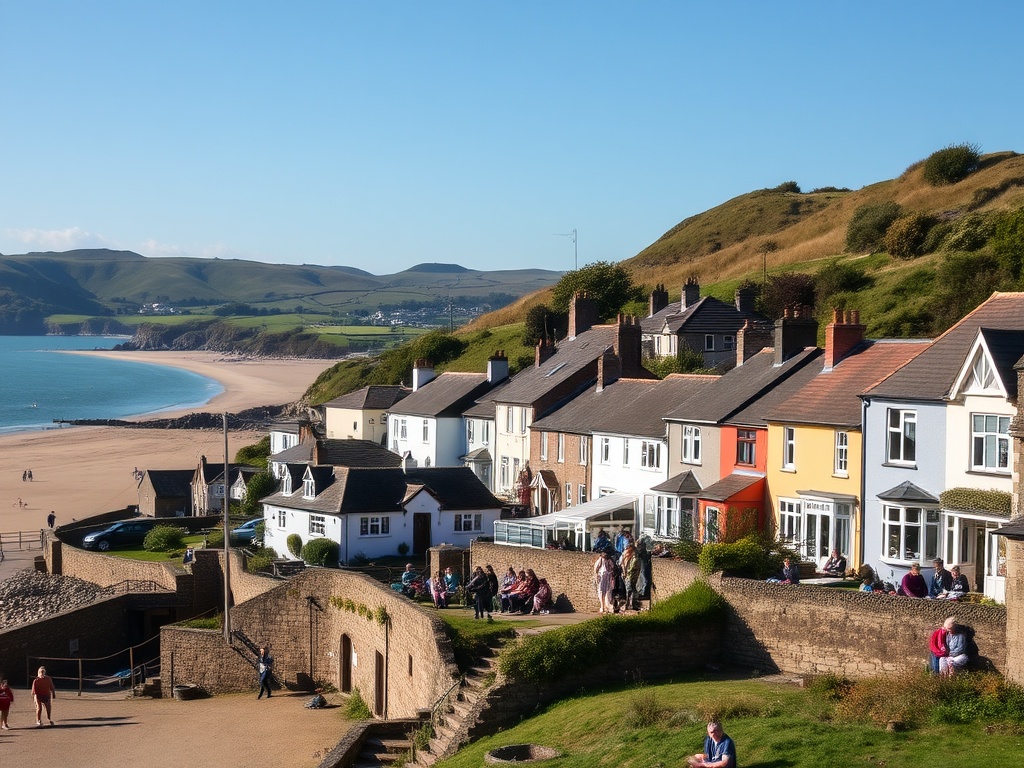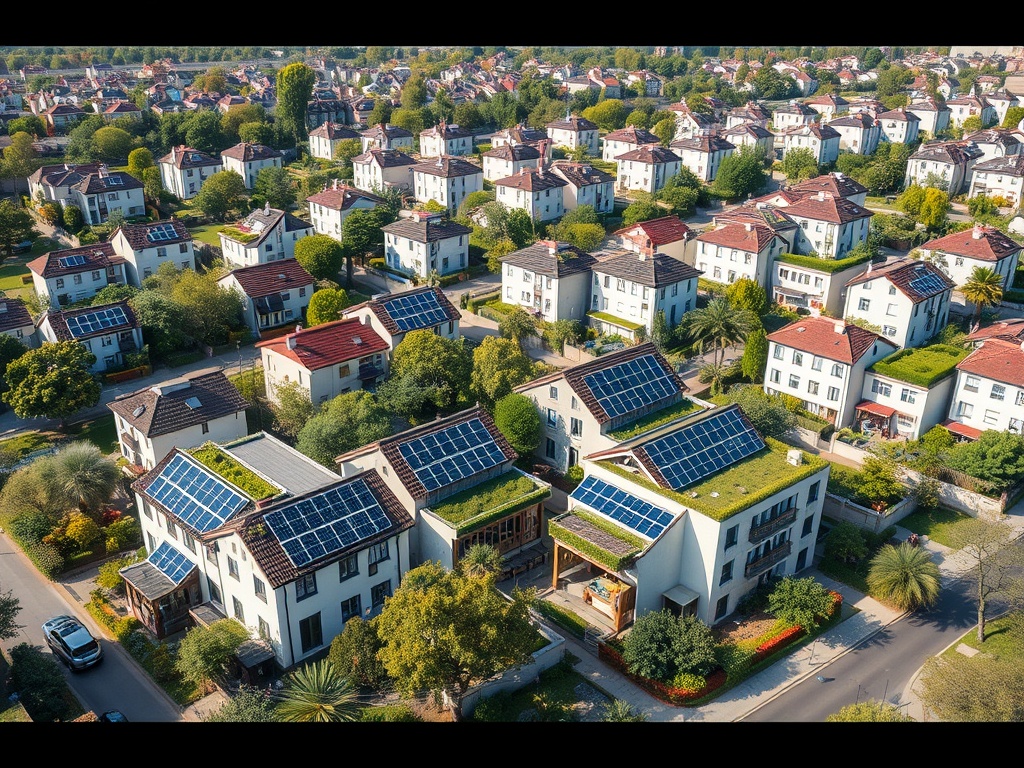The Complexities of Second Home Ownership in the UK

If owning a home to live in is considered the quintessential British dream, then acquiring a second property often signifies that you’ve truly “made it.” Congratulations on ascending the class ladder! However, this achievement comes with a significant downside: your investment in that charming Cornish seaside retreat or idyllic Welsh valley home exacerbates the local housing crisis, pushing out the very residents who keep the community vibrant, including shopkeepers, healthcare workers, and educators.
The surge in second homeowners has been notable across the UK since 2010, leading to escalating property prices and prompting some councils to take decisive measures. Last year, the Welsh government enacted a game-changing policy that has captured the attention of councils nationwide. In an effort to protect local residents from being priced out of their communities, they empowered local authorities to impose a council tax premium of up to 300% on second homes, effective from April 2023. This premium can also be levied on properties that have remained unoccupied for extended periods.
Wales has felt the brunt of the second homes phenomenon, witnessing some of the lowest rates of first-time buyers in the country. The alarming trend has resulted in school closures, as young families are unable to find affordable housing in their hometowns. The Senedd has raised concerns that without intervention, these communities risk becoming ghost towns.
In response, the results from recent policy changes have been telling. In scenic Gwynedd, located in north-west Wales, a council tax premium of 150% has been implemented on second homes, an increase from 100% in 2023. Furthermore, Gwynedd has established new regulations requiring individuals to seek planning permission before converting residential properties into second homes or holiday rentals. The impact has been substantial, with property prices in the region decreasing by over 12% year-on-year, which translates to roughly £30,000 in lost value on average.
In two villages within Gwynedd, Abersoch and Aberdyfi, second homes have dominated the market, comprising 46.36% and 43.31% of all properties, respectively. The local primary school in Abersoch has even closed its doors due to a lack of young families to enroll their children. Similarly, Pembrokeshire in south-west Wales has taken a bold step by imposing a 200% premium on second homes. As a result, the number of second homes for sale in the area has tripled.
Across the UK, a growing backlash against second homes is taking shape. Starting April 1, Cornwall will adopt a similar strategy to Wales by instituting a 100% council tax premium on second homes. Meanwhile, in south London, Wandsworth has decided to implement a 100% council tax premium to deter investors from purchasing properties only to leave them vacant. This move is facilitated by legislative powers introduced by former Housing Secretary Michael Gove.
The combination of these tax increases on second homeowners alongside the end of ultra-low interest rates is likely to cool housing markets across the nation. Regions like Wales, Cornwall, the Lake District, and parts of London heavily depend on tourism, which serves as a significant job creator and income generator. However, the lack of affordable housing for locals endangers the very workforce that sustains this industry.
During a recent visit to the Lake District to investigate the ongoing second homes crisis, I spoke with local hotel owners and workers from tourist attractions. They revealed that some businesses have resorted to transporting employees from as far away as Skegness, simply because there is no affordable housing available nearby. As Councillor Olly Monk, Cornwall’s cabinet member for housing and planning, aptly stated, councils aiming to limit second home purchases must “strike the right balance.” He emphasized, “We need housing that local people can afford, but we also don’t want to undermine tourism that is vital for our economy.”
Similarly, Councillor Aydin Dikerdem, Wandsworth’s housing lead, clarified that tax increases on empty homes are not merely an effort to reduce house prices but rather an initiative to encourage occupancy. He noted, “We have numerous families desperate for affordable housing in Wandsworth.”
The dilemma surrounding second homes reflects the broader complexities of the housing crisis that the Labour government now faces. The UK requires a concerted effort to accelerate the construction of affordable housing while simultaneously taking action to control escalating property prices. This delicate balancing act is crucial to ensure that those who do not qualify for social housing are not priced out of the market.
Tax hikes on council tax and stamp duty represent one strategy to temper the housing market and prevent rapid increases in property values. However, significant declines must also be avoided, as they can induce anxiety among buyers and sellers, leading to a stagnation reminiscent of the years when the housing market was at a standstill.
Chancellor Rachel Reeves is acutely aware of this challenge. In her recent Budget, she increased stamp duty for those purchasing additional properties, but refrained from raising taxes for individuals selling their second homes. The true test for Reeves will be whether she can effectively align her policies by adequately funding local councils to construct affordable homes, ensuring a continuous influx of new housing even as second homes are curtailed. The reality of housing policy is that pleasing every demographic is nearly impossible. What may benefit local residents in a tourist hotspot could very well frustrate wealthier second homeowners. Until a more equitable solution is reached, policymakers must be prepared to face criticism from various factions.




